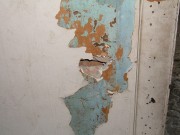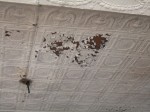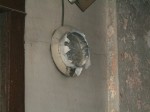Lead-Based Paint Inspections/Risk Assessments
Third Party Testing environmental specialists are trained and certified by the EPA to perform Lead-Based Paint Inspections, and Lead-Based Paint Risk Assessments.
Lead-Based Paint Inspections
A Lead-Based Paint inspection is a surface-by-surface investigation to determine the presence or absence of lead. Third Party Testing will perform a visual check of the property, looking for potential lead hazards such as peeling, chipping, or flaking paint, and examine settled dust samples on window sills, doorways, and floors to see if they contain lead. This type of testing will determine the lead content of each type of surface that is sampled.
Inspections are performed following protocols designed by the HUD and ASTM.
A paint inspection will provide answers to two questions:
- Is there lead-based paint on the structure?
- If lead-based paint is present, where is it located?
Risk Assessment
A risk assessment is an onsite investigation to discover if any lead-based paint hazards exist. A hazard is a condition that causes exposure to lead that would result in an adverse health outcome. The assessments also provide recommendations for reducing exposure to the lead hazards. Risk assessments go beyond simply assessing the condition of the paint, and take into account use patterns and management or maintenance practices that will affect the paint. Risk assessments also identify other potential sources of lead hazards, such as dust and soil.
A risk assessment has four major components:
- Onsite Data Collection
Onsite Data Collection begins with an overall visual assessment of the site to identify deteriorating painted surfaces, areas of visible dust accumulation, areas of bare soil, and painted surfaces at impact points (such as door jambs) that could create lead dust. After the visual assessment is completed, dust samples are collected from specific sites and sent to an accredited laboratory to determine the amount of lead.
- Laboratory Analytical Procedures
Paint, dust, and soil samples are analyzed only by accredited laboratories.
- Evaluation of Findings
The goal of risk assessment is to determine whether any lead-based paint hazards are present. If lead hazards are found, 3PT will identify acceptable options for controlling the hazards.
- The Final Report
The final report documents the findings of the risk assessment and identifies control methods.




